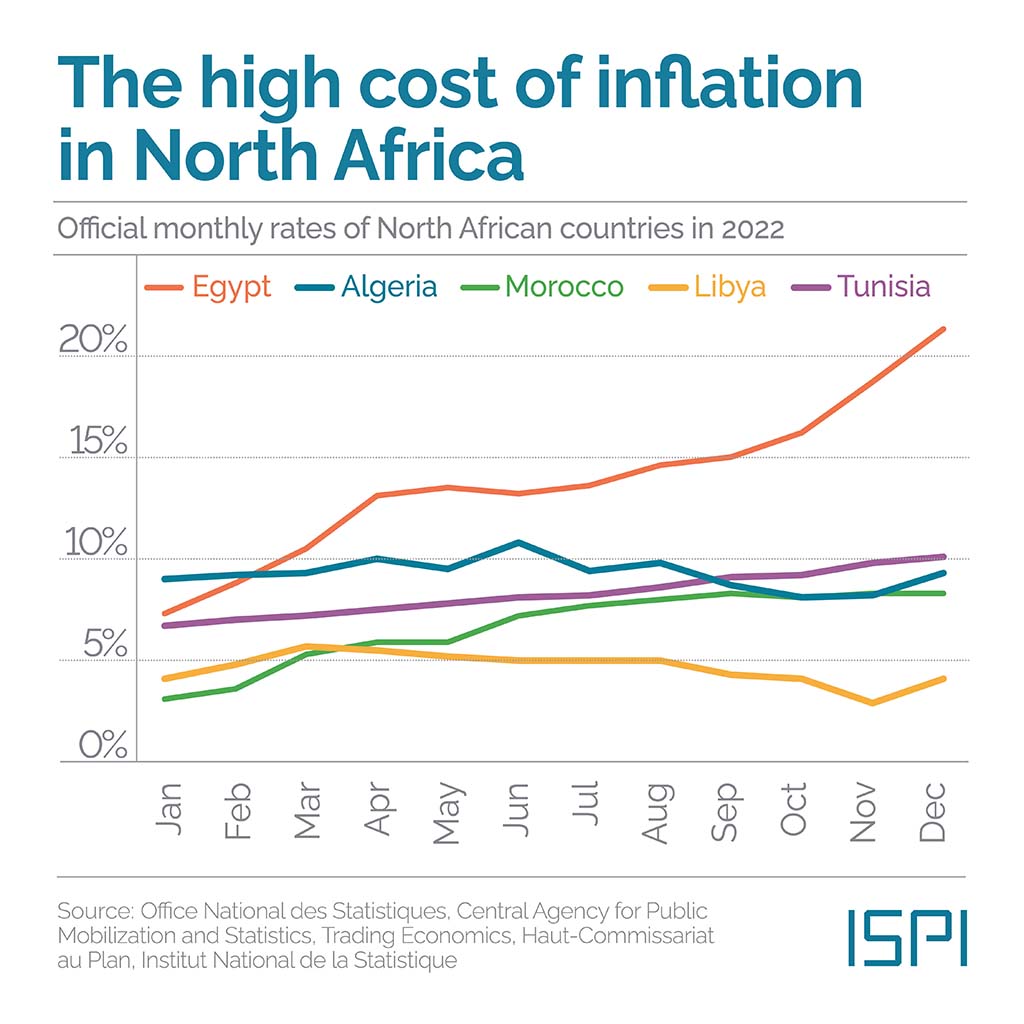
Report on Ideological Beliefs and Support for Political Violence in Lebanon: Implications for Sustainable Development Goals

Introduction
A recent study published in Psychology of Violence investigates how authoritarianism and social dominance orientation influence support for different types of political violence in Lebanon. This research is critical in understanding the psychological drivers behind political violence, with significant relevance to achieving Sustainable Development Goals (SDGs), particularly SDG 16 (Peace, Justice, and Strong Institutions) and SDG 10 (Reduced Inequalities).
Context and Importance
Lebanon’s complex sectarian system and history of civil war provide a unique context for studying political violence beyond Western, Educated, Industrialized, Rich, and Democratic (WEIRD) societies. The study addresses a gap in political psychology by focusing on collective violence rather than only prejudice or discrimination.
Key Ideological Constructs
- Right-Wing Authoritarianism (RWA): Characterized by conformity, obedience to authority, and valuing social order.
- Social Dominance Orientation (SDO): Reflects a preference for hierarchical group relations and dominance of one’s own group over others.
Types of Collective Violence
- Diffuse Violence: Violence directed at ordinary members of an outgroup.
- Upward Violence: Violence targeting outgroup leaders or symbols of power.
Methodology
The researchers conducted two surveys involving community samples in Lebanon:
- First sample: 596 adults from diverse religious sects (Christian Maronites, Sunni and Shia Muslims, Druze, others).
- Second sample: 1,035 adults from similar diverse backgrounds.
Participants rated statements measuring authoritarianism, social dominance, and endorsement of collective violence on a five-point agreement scale.
Findings
- Authoritarianism:
- Associated with reduced support for upward violence (against outgroup leaders).
- In the second study, positively associated with support for diffuse violence (against ordinary outgroup members), suggesting approval of violence to maintain social order.
- Social Dominance Orientation:
- Positively correlated with support for diffuse violence, indicating justification for aggression to maintain group hierarchies.
- Relationship with upward violence was inconsistent, possibly due to Lebanon’s unstable sectarian power dynamics.
Implications for Sustainable Development Goals
This study’s insights contribute to SDG 16 by enhancing understanding of the psychological factors that underpin political violence, which threatens peace and justice. The findings also relate to SDG 10 by highlighting how social dominance orientation supports hierarchical inequalities that fuel conflict.
Recommendations for Policy and Practice
- Develop tailored violence prevention interventions addressing distinct motivations behind authoritarianism and social dominance.
- Promote social cohesion and reduce group-based inequalities to mitigate diffuse violence.
- Support inclusive governance structures to stabilize leadership perceptions and reduce upward violence.
- Encourage further research across diverse sociopolitical contexts to generalize findings and inform global peacebuilding efforts.
Limitations and Future Research
- The cross-sectional design limits causal inference.
- Findings are context-specific to Lebanon’s sociopolitical environment.
- Future studies should employ longitudinal and experimental designs across multiple societies.
Conclusion
The study “Authoritarianism and Social Dominance as Differential Predictors of Individuals’ Support for Collective Violence” by Ramzi Abou-Ismail et al. reveals that support for political violence is influenced by distinct ideological worldviews. Authoritarianism tends to support violence that preserves social order, while social dominance orientation justifies violence that maintains group hierarchies. Understanding these nuances is vital for advancing SDG 16 and SDG 10 by informing targeted strategies to reduce political violence and promote peaceful, inclusive societies.
1. Which SDGs are addressed or connected to the issues highlighted in the article?
- SDG 16: Peace, Justice and Strong Institutions
- The article focuses on political violence, intergroup conflict, and social order, which are central to promoting peaceful and inclusive societies.
- Understanding ideological motivations behind violence relates directly to reducing violence and promoting justice.
- SDG 10: Reduced Inequalities
- The study discusses social dominance orientation, which relates to maintaining hierarchical group relationships and inequality.
- Addressing these ideological drivers can contribute to reducing inequalities among groups.
- SDG 4: Quality Education
- Though not explicitly mentioned, the research implies the importance of education in understanding and addressing ideological beliefs that lead to violence.
- Educational interventions could be tailored to reduce support for violence based on ideological motivations.
2. What specific targets under those SDGs can be identified based on the article’s content?
- SDG 16 Targets
- 16.1: Significantly reduce all forms of violence and related death rates everywhere.
- 16.6: Develop effective, accountable and transparent institutions at all levels.
- 16.7: Ensure responsive, inclusive, participatory and representative decision-making at all levels.
- SDG 10 Targets
- 10.2: Empower and promote the social, economic and political inclusion of all, irrespective of identity.
- 10.3: Ensure equal opportunity and reduce inequalities of outcome, including by eliminating discriminatory laws and practices.
- SDG 4 Targets
- 4.7: Ensure that all learners acquire knowledge and skills needed to promote sustainable development, including peace, human rights, and global citizenship.
3. Are there any indicators mentioned or implied in the article that can be used to measure progress towards the identified targets?
- Indicators related to SDG 16
- Prevalence of support for different forms of political violence (both upward and diffuse violence) as measured by survey scales.
- Levels of authoritarianism and social dominance orientation in populations, which predict support for violence.
- Rates of political violence incidents targeting leaders or outgroup members (implied by the study context).
- Indicators related to SDG 10
- Measures of social dominance orientation indicating hierarchical group attitudes.
- Levels of social inclusion or exclusion based on ideological beliefs.
- Indicators related to SDG 4
- Effectiveness of educational or intervention programs in reducing support for violence motivated by authoritarianism or social dominance.
- Survey-based assessments of knowledge and attitudes toward peace and social equality.
4. Table: SDGs, Targets and Indicators
| SDGs | Targets | Indicators |
|---|---|---|
| SDG 16: Peace, Justice and Strong Institutions |
|
|
| SDG 10: Reduced Inequalities |
|
|
| SDG 4: Quality Education |
|
|
Source: psypost.org







